
A McKesson employee and cancer survivor’s story of resilience and the power of empathy.

Guided by our values, we are an impact-driven organization that improves care in every setting – one product, one partner, one patient at a time.
Through our core commitments, we are leveraging our scale for the greater good, such as serving the needs of our stakeholders, donating back to our communities, protecting our planet, working with policymakers, and more.
Every year, we publish updates to our commitments through our Impact Report.
Download Our Impact ReportOur businesses bring together leading technologies, innovative solutions and hands-on expertise to support the entire healthcare ecosystem.
We distribute pharmaceuticals and medical supplies to healthcare settings across North America, from pharmacies and hospitals to doctors’ offices and clinics.
We help to ensure the financial wellbeing of pharmacies and health systems and support a stable work environment for their employees.
We provide research, insights, technologies and other support to help address challenges in cancer and specialty care.
We provide a suite of solutions designed to address access, affordability and adherence challenges by bridging the gaps between biopharma companies, pharmacies, providers, and payers to help patients get on and stay on their medications.
We offer solutions that enable employers, payers, health-plan brokers and government agencies to provide lower-cost options for prescription medications and therapies.
We help to ensure the financial wellbeing of pharmacies and health systems and support a stable work environment for their employees.
Every year, we publish updates to our commitments through our Impact Report.
Download Our Impact ReportIn an ambitious initiative, The US Oncology Network is getting to the root of physician stress.
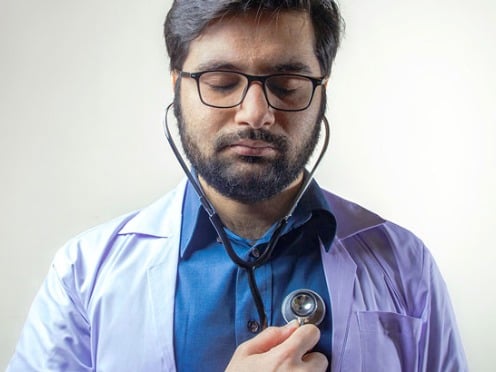
Read time: 4 minutes
Here’s an uncomfortable fact: physicians experience higher rates of burnout than nearly any other professional population. Burnout is marked by symptoms of emotional exhaustion or depersonalization (a callousness towards others) that occur at least once a week. The American Medical Association estimates that about 45% of physicians experience some form of burnout.
Dr. Michael Seiden, former president of The US Oncology Network (The Network), understands why some may find this hard to believe.
“Doctors are in a proud profession. They’re saving people’s lives,” he explains. “They probably have less financial stress than many other groups. Unfortunately, they also have the highest suicide rate of any professional class, as well as high rates of alcoholism, depression and divorce. Burnout is a big problem, and statistics suggest it’s only getting worse.”
Going in, many oncologists don’t fully grasp the challenges of delivering care – stringent regulations, payer scrutiny, voluminous electronic health records, the demands of documentation – until they begin the practice. Those pressures can erode the sense of purpose, empathy and idealism that brought them to the profession in the first place.
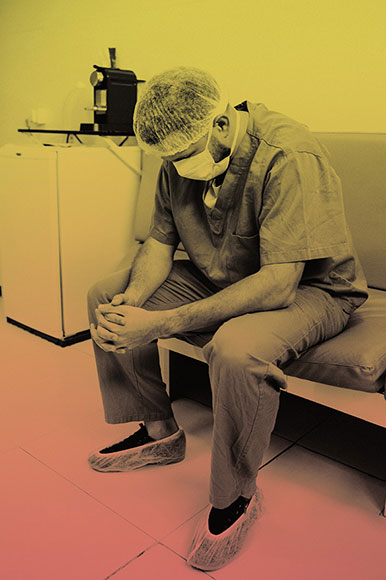
In our quest to improve patient health outcomes, the wellbeing of providers can sometimes be overlooked. To counter that, The Network launched a pilot in 2018 to promote and improve physician well-being. As part of Phase I of this initiative, designated staff helped identify wellness initiatives for their practices. Additionally, the core team of physician leaders and staff developed the Clinician Wellness Playbook and the Resiliency Guide and rolled them out to all practices across The Network.
They also measured burnout rates to confirm their starting point and identified key causes of burnout to align their resources with what the providers need.
One of the most significant findings from Phase I is that the leading cause of burnout among physicians is charting requirements. Today, providers spend an inordinate amount of their workday on clerical tasks and updating electronic health records.
“We learned that the physician is spending greater than 50% of their time with the patient staring at a computer and entering data in the electronic health record,” says Dr. Seiden. “When they said, ‘I want to be a doctor,’ it wasn’t to improve their typing speed or look at a computer screen. They wanted to look at people.”
According to Dr. Loren Rourke, chief surgical officer for The Network who oversees the pilot, that screen time can mean up to 30 additional hours – outside of office hours – in a physician’s work week.
“Believe it or not, charting has become so arduous, some doctors almost avoid seeing more new patients because of it,” she admits. “For cancer patients, that’s precious time they now have to spend finding a doctor who can fit them in.”
“When they said, ‘I want to be a doctor,’ it wasn’t to look at a computer screen. They wanted to look at people.”
Phase II of the physician wellness initiative begins this summer. During this phase, The Network will assign scribes to a pilot site to learn how much they can alleviate physicians’ workload. Scribes are paraprofessionals who specialize in charting physician-patient encounters in real time. They also locate information for physicians and complete forms needed for patient care.
In-person scribes were studied in Phase I of the pilot, and the results were promising.
“When we interviewed managers after the scribes had been there a while, we found that morale in the entire clinic improved,” says Dr. Rourke. “Everyone, from the nurses to the schedulers, said they had increased job satisfaction by the sheer fact that the doctor came in that morning in a good mood.”
Burnout doesn’t just impact clinicians. It can hurt morale within their practice and contribute to higher turnover rates. According to Stanford Medicine, burnout-related turnover costs the nation $5 billion annually.
Scribes may also prove valuable in recruitment.

“There’s a shortage of cancer caregivers in the country,” Dr. Seiden explains. “We want practices in The US Oncology Network to be the best places to work. If an oncologist is being recruited by hospitals or other clinics, we’d like them to say, ‘The Network cares about us at this practice.’”
Richer data collection is another potential outcome of adding scribes to The Network. Data is central to building our integrated oncology services – especially for Ontada, our oncology data and technology business. As Ontada advances ways we can apply data to answer some of the biggest questions in oncology, scribes could fill in optional fields of data that a time-strapped doctor might skip.
“If we scale up the scribe program, we can potentially capture more about the patient’s medical record because someone else is inputting the data,” Dr. Seiden says. “The better the clinical data Ontada collects from these health records, the better our research into and understanding of evidence-driven clinical – or treatment – pathways.”
And with physicians spending less time filling in optional fields, the hope is that they can spend more time doing what they’re called to do – interacting with and treating patients.
Originally published May 2021

A McKesson employee and cancer survivor’s story of resilience and the power of empathy.

Ontada is an oncology technology and insights company committed to advancing cancer research and care by connecting life sciences partners, providers and patients.

Discover how McKesson Amplify is strengthening the voice of pharmacy professionals nationwide by awarding funding to every eligible state pharmacy association across all 50 states.

Top insights from the Endpoints at ASCO McKesson leadership panel
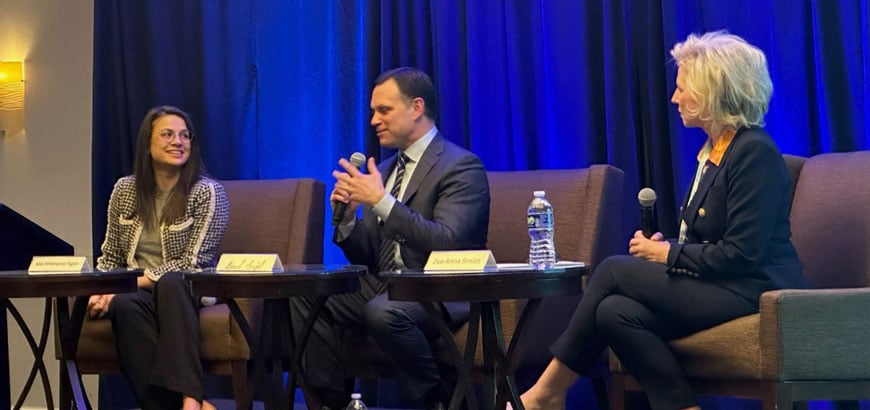
Enhancing patient access and engagement in clinical trials.
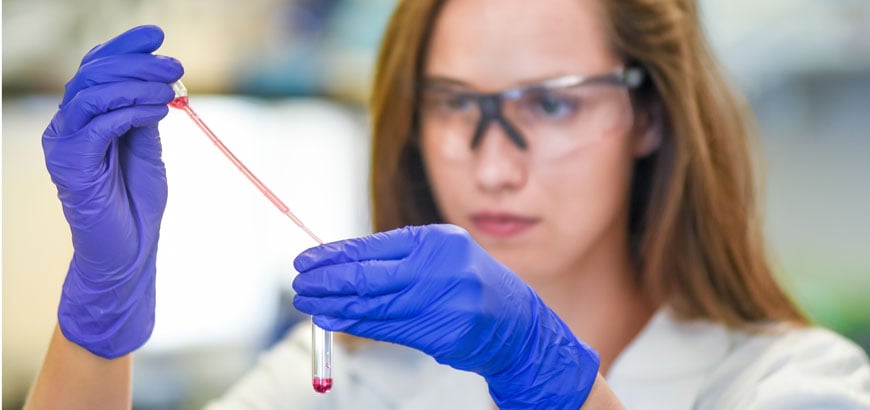
Learn how InspiroGene is helping deliver revolutionary cell and gene therapies to patients in need.

Insights from the 2025 CoverMyMeds Medication Access Report, From Barriers to Bridges
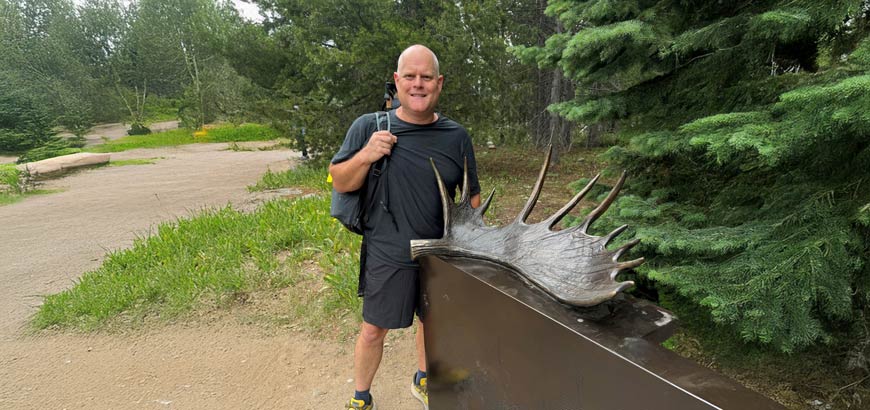
Learn about the crucial role Sarah Cannon Research Institute (SCRI) played in helping a patient overcome prostate cancer.
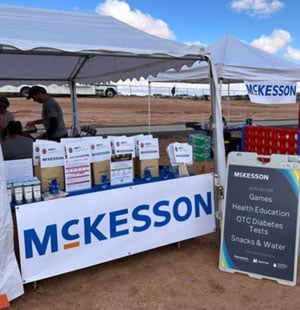
For two years in a row, McKesson has partnered with customers and industry partners to bring health education and awareness of resources to members of the Navajo community.

Learn more about RxOwnership, McKesson’s strategic consultants who help independent pharmacy owners navigate challenges, optimize operations and achieve financial health.